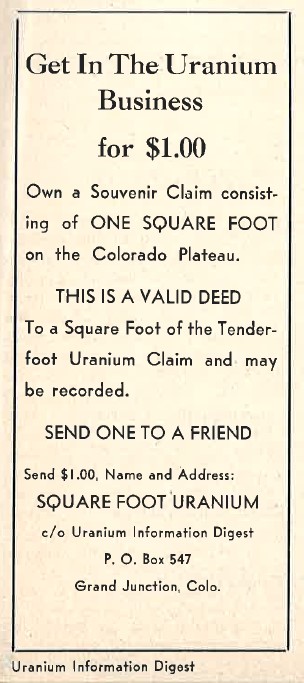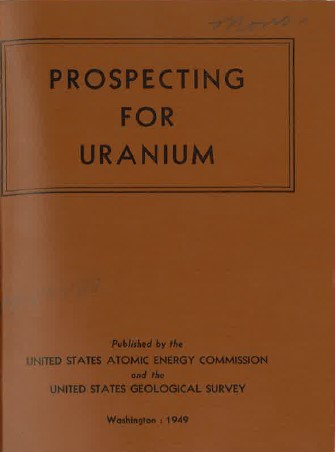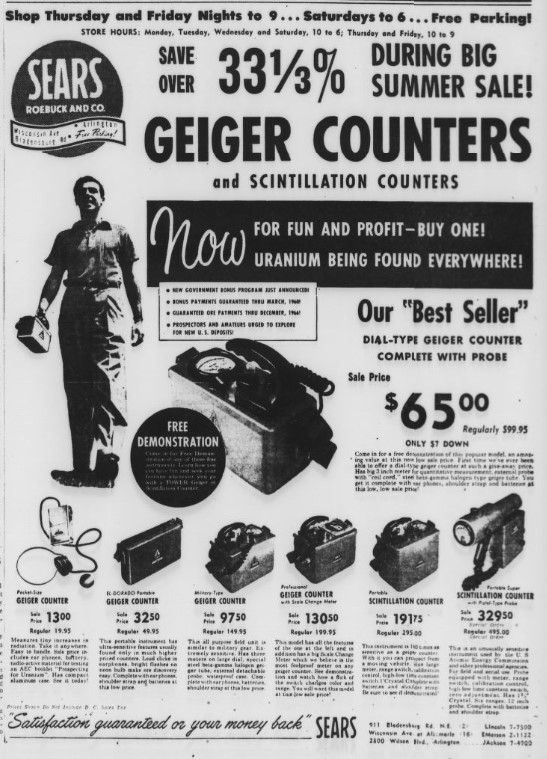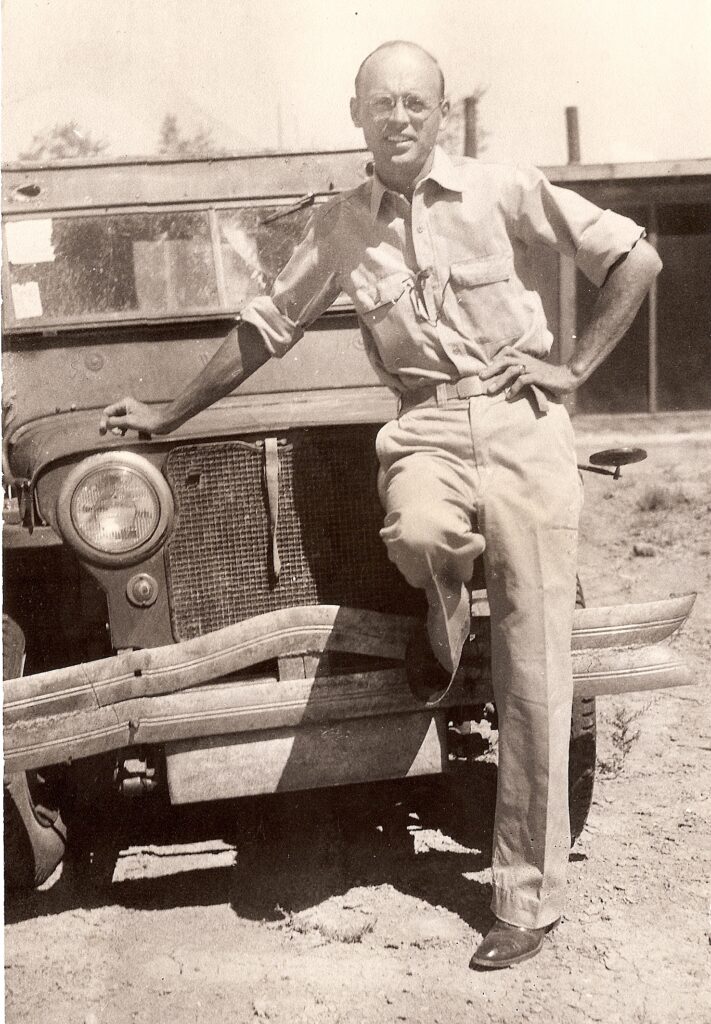In the annals of American history, few episodes are as incredible as the mid-twentieth-century uranium boom. It was a time when the U.S. government, in a move unparalleled in its audacity, openly encouraged its citizens to venture into the wild and hunt for a radioactive mineral: uranium.
The Backdrop: A World at War
The story begins with the development of the atomic bomb during World War II. The Manhattan Project, a top-secret initiative, was racing against time to harness the destructive power of the atom. The success of this project hinged on one critical element: uranium. This radioactive mineral was the key ingredient needed to fuel the atomic reactions that would unleash unprecedented energy.
As the war ended and the Cold War began, the demand for uranium skyrocketed. The U.S. government, realizing the strategic importance of securing a steady supply of the mineral, took an extraordinary step. In an effort to boost domestic uranium reserves, the Atomic Energy Commission (AEC) set a premium price for uranium, well beyond its market value, and guaranteed this price for a decade. To sweeten the deal, the AEC even offered hefty bonuses to individuals who discovered significant uranium deposits.

The result? A modern-day gold rush, but with a radioactive twist. The federal government’s call was heeded by thousands, from seasoned miners to ordinary citizens with dreams of striking it rich. Armed with Geiger counters and the AEC’s “Prospecting for Uranium” handbook, these modern-day prospectors flocked to regions like the vast Colorado Plateau, hoping to discover the next big uranium deposit.


Geiger Counters on sale at Sears. Evening Star. (Washington, D.C.), 11 July 1956. Chronicling America: Historic American Newspapers. Library of Congress.
Tales of Fortune and The Lucky Few
Among the throngs of hopefuls, stories of success emerged. The tale of Charlie Steen is perhaps the most legendary. After years of fruitless searching, Steen stumbled upon a rich deposit of pitchblende, a uranium ore. His discovery transformed him into one of

How Uranium Fever Reshaped America
The uranium fever left an indelible mark on American society. Towns sprang up around promising mines, and the cultural landscape was peppered with references to uranium, from board games to popular literature. But beyond the economic and cultural impacts, the uranium boom highlighted a unique moment in history when the U.S. government, driven by geopolitical concerns, turned its citizens into foot soldiers in the quest for a radioactive prize.
A Colorful Past: Uranium Before the Boom
Before its radioactive properties were fully understood, uranium had other uses. It was employed as a coloring agent in ceramics and glass. The vibrant orange-red to lemon yellow hues of uranium glass, also known as Vaseline glass, were particularly prized by many collectors. This historical use of uranium in art and decoration adds another layer to its intriguing story.
- Online rock and mineral club for collectors of all levels!
- Find community with like-minded rock and mineral enthusiasts.
- Monthly Giveaways!
- Free Access to Entire Digital Library of Products (annual memberships)


